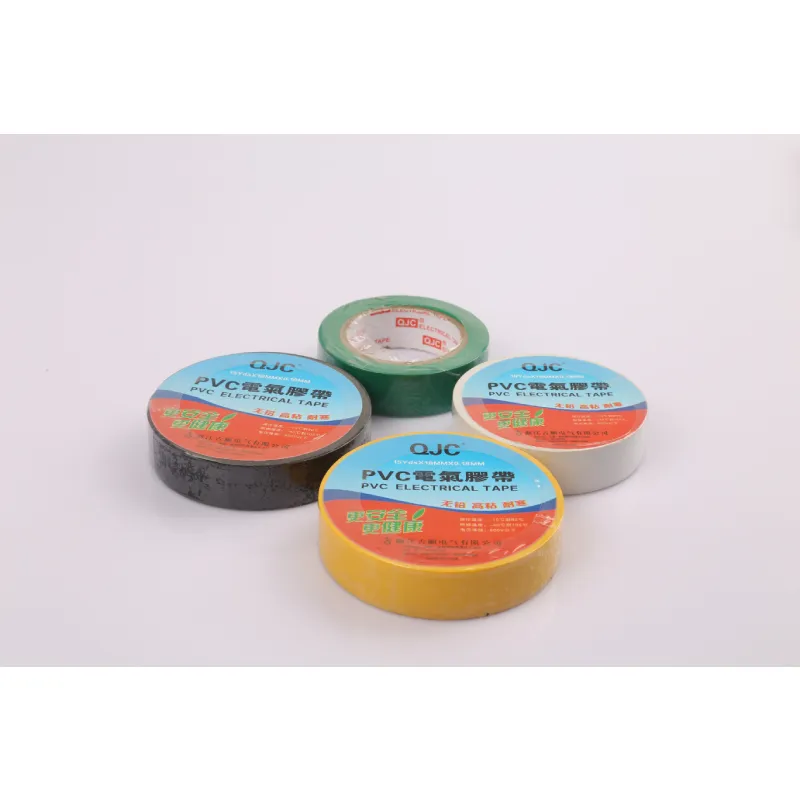The Importance of a Rubber Seal Strip for Oven Doors
When it comes to kitchen appliances, the oven is one of the most essential tools for cooking and baking. However, the efficiency of your oven largely depends on its components, and one critical element that often goes overlooked is the rubber seal strip. This seemingly simple piece of rubber plays a vital role in ensuring that your oven operates efficiently and safely.
What is a Rubber Seal Strip?
A rubber seal strip is a flexible barrier made of durable rubber material, designed to fit snugly around the perimeter of the oven door. Its primary purpose is to create an airtight seal when the door is closed. This is crucial for maintaining the internal temperature of the oven, as it prevents heat from escaping during the cooking process. Without a proper seal, the oven has to work harder to maintain the desired temperature, leading to increased energy consumption and longer cooking times.
Benefits of Using a Rubber Seal Strip
1. Energy Efficiency By providing a tight seal, the rubber strip helps prevent heat loss, ultimately making your oven more energy-efficient. This can lead to lower energy bills and a reduced environmental footprint. An oven that operates effectively requires less energy to achieve and maintain cooking temperatures.
2. Improved Cooking Results A good seal ensures that heat circulates evenly within the oven. This is particularly important for baking, where even temperature distribution can make the difference between perfectly baked goods and those that are charred on the outside and raw on the inside. When the oven door is sealed correctly, you can expect consistent cooking results.
rubber seal strip for oven door

3. Reduced Cooking Time With an airtight seal in place, the oven preheats faster and maintains its temperature more effectively. This means you won't have to wait as long to start cooking, which is a significant advantage, especially when you're in a hurry or preparing multiple dishes.
4. Enhanced Safety Rubber seal strips also play a role in safety by preventing hot air from escaping or leaking out of the oven. This reduces the risk of burns when touching the oven door and helps ensure that your kitchen remains a safe environment for cooking.
Maintenance and Replacement
Over time, rubber seal strips can wear out, lose their elasticity, or become damaged due to heat exposure, spills, or cleaning chemicals. It’s essential to regularly inspect the seal for signs of wear and tear, such as cracks, gaps, or fraying. If you notice any of these signs, it may be time for a replacement.
Replacing a worn rubber seal strip is a straightforward process that can often be done without professional assistance. Most appliance retailers offer replacement strips, and they come in different sizes and shapes to fit various oven models. When replacing the seal, ensure you choose a high-quality rubber material that can withstand the oven’s heat and maintain its integrity over time.
Conclusion
In summary, the rubber seal strip for oven doors is a small but crucial component that greatly impacts the performance and efficiency of your oven. By providing an airtight seal, it enhances energy efficiency, improves cooking results, reduces cooking time, and increases safety. Regular maintenance and timely replacement of the seal strip can extend the life of your oven and exemplify good kitchen practices. Investing a little time in the upkeep of your oven can yield significant returns in performance and reliability, making your cooking experience much more enjoyable.
-
Versatility with Tape Electrical InsulationNewsJun.09,2025
-
Floor Marking Tapes For WareHouseNewsJun.09,2025
-
Enhance Your Projects with PVC Electrical TapesNewsJun.09,2025
-
Enhance Your Projects with Automotive Wiring Harness TapeNewsJun.09,2025
-
Enhance Your Automotive Fabric TapesNewsJun.09,2025
-
Enhance Electrical Projects with Cambric TapeNewsJun.09,2025
